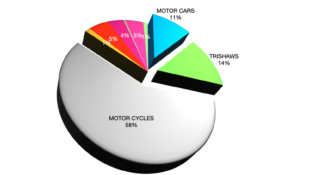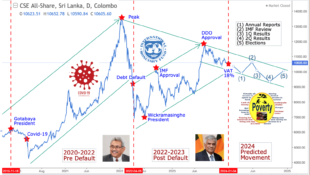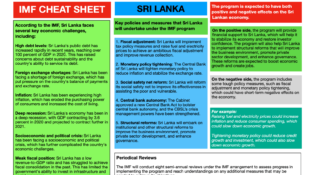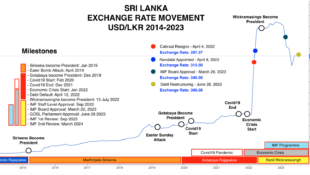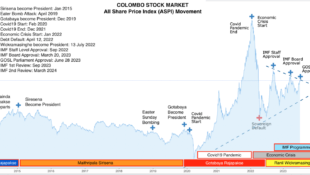10 things to check before you press the buy button.
Here is the 10-point checklist of things to reassure yourself about before you make that snap judgement. Think of it like the AA's used car checklist.
1. Check the P/E and share price history
It's probably a low P/E that makes it look a bargain share. But compare the latest and forecast P/Es with their historical levels. If it's always been cheap, then it's not cheap now. Have a look at the share price graph over 5 years as well as shorter periods.
2. Check dividend cover and track record
Alternatively it might be the dividend that attracts you. But don't rely on a juicy dividend yield if it is not well covered. If you are buying for the yield, then you'll want to see a decent track record too.
3. Are revenues and operating profit rising?
Check the latest financials. At minimum check if revenues and operating profit increased in the latest period. If performance is declining at this level then the company may have serious problems.
4. Does the company generate cash?
Compare cash flow from operations with the operating profit. If it's a much lower figure then the company may have difficulty generating cash. Also look if net cash increased or decreased. If there was a large decrease then it needs further investigation.
5. Check debt
Look at net gearing and also interest cover, which is harder to window-dress. In the current environment companies with high debt are vulnerable to economic downturns, credit crunches and (eventually) interest rate rises.
6. Check net asset cover
Compare the tangible net asset per share with the share price. Tangible assets may provide a bit of a safety net.
7. Do you know how the company makes money?
This is a two part question: a) What does the company do? And b) How does it make money from that? Ideally it includes looking at the geographic and segmental analysis of revenues and profit, which you need to get from the company's latest report.
8. Look at the latest news
Check recent regulatory news and press articles for any important items.
9. Check directors' dealings
Recent purchases or sales of shares by directors may be significant, as well as directors total holdings. What price did the directors buy at?
10. Check brokers' recommendations
I'm not suggesting slavishly following brokers' recommendations, but a decision to buy a share if, say, five out of five brokers rate it a sell is different from buying when five out of five rate it a buy. It's a test of your conviction.
You can get all of this information from a financial website and the company's own website. Apart from the geographic and segmental analysis, it shouldn't even require looking at the company's reports. It should take about half an hour, though maybe longer if you don't have much idea what the company does.
Ideal
Of course it is much better to thoroughly research and analyse a company. The ideal opportunity arises when you have previously researched a share and liked the investment case, but thought it was too expensive. Even better if you have already decided what your maximum entry price would be. Then on a dip you can act swiftly, with just a quick review of recent news to make sure nothing has fundamentally changed.
But things are rarely ideal, and people are rarely as thorough as they mean to be. It's better to spend half an hour than five minutes. Having a checklist such as this provides a discipline to ensure you "kick the tyres" every time. I plan to cut out and keep it myself.
Extract from Investing
 would enable you to enjoy an array of other services such as Member Rankings, User Groups, Own Posts & Profile, Exclusive Research, Live Chat Box etc..
would enable you to enjoy an array of other services such as Member Rankings, User Groups, Own Posts & Profile, Exclusive Research, Live Chat Box etc.. 
 Home
Home













